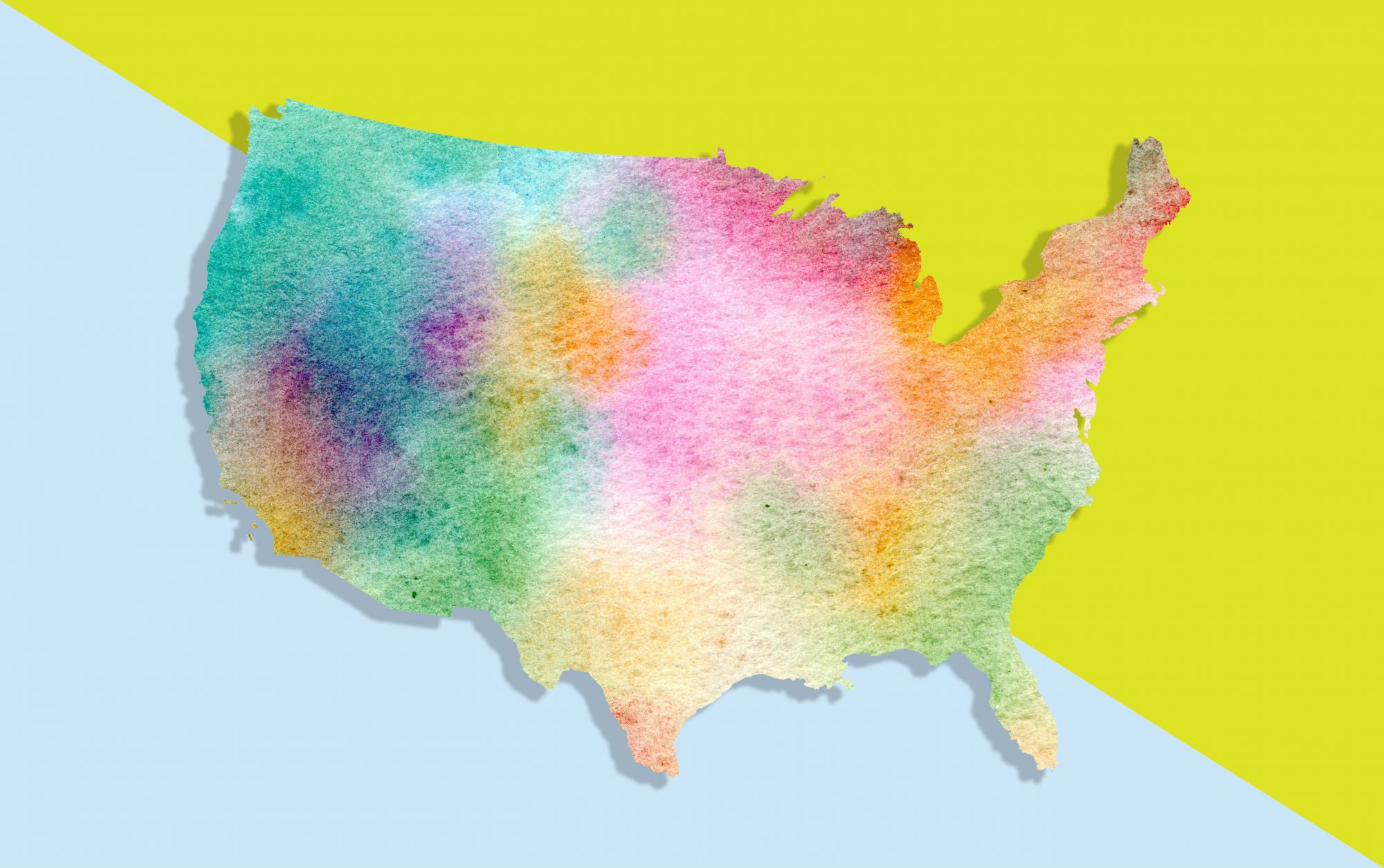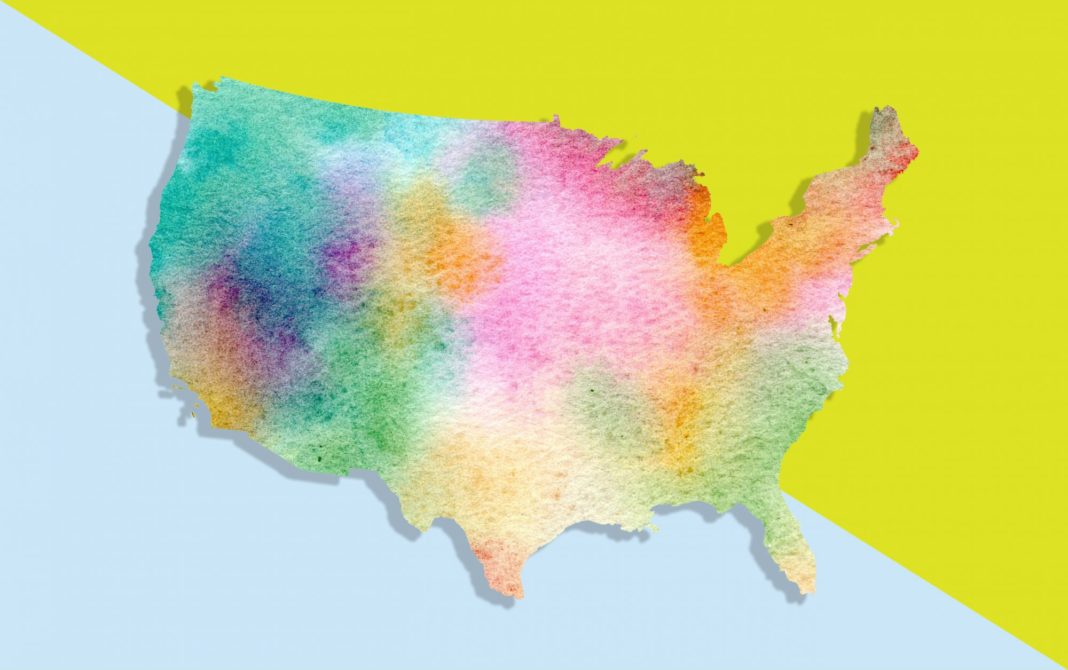
In the year since the pandemic hit, the devastating effect it has had on America's families is no secret. Another new report is looking at just how much families are struggling.
Save the Children, an international humanitarian organization founded more than 100 years ago, released a report in March 2021 looking at four months of data from the U.S. Census Bureau Household Pulse survey to see how the pandemic is affecting families with kids under 18 across the United States. The report found disparities based on socioeconomic status, race, and location.
It looked at all 50 states to see where children are faring best and worst by focusing on three main components: hunger, lack of tools for remote learning, and trouble paying for household expenses. The "best states for children" include Minnesota, Utah, Washington, and New Hampshire. The "worst states for children" are Louisiana, Mississippi, Texas, and New Mexico. This info isn't based on which states had the highest or lowest COVID infection rates, but which have provided more resources and protections for families.
"Childhood has become much harder for kids across America over the last year, particularly for those whose families and communities were struggling before the pandemic," says Betsy Zorio, vice president of Save the Children's U.S. programs and advocacy. "Millions and millions more kids are now hungry, missing out on learning, and forced into poverty—and children who are poor, live in rural areas, and from communities of color are more likely to miss meals and lack access to remote learning tools."
Save the Children found that while families of every income level are struggling in every state, low-income families are suffering the most. Compared to families making $200,000 or more a year, those making less than $25,000 are approximately 15 times as likely to suffer from hunger and 4 times more likely to lack access to remote learning. Low-income households are also twice as likely to have lost jobs or wages.
Black and Latino families are twice as likely to lack enough food compared to white families and more likely to deal with job loss and school closures. And more than half of rural households with kids say they have had "serious problems" caring for their little ones and 40 percent say they have "serious problems" with their internet connection.
Experts say more needs to be done to help these families.
"Policymakers at all levels, from the president to local school administrators, must make the investments to protect America's kids," says Zorio. "We can all come together to raise our voices for children, urging our lawmakers to ensure all kids have full bellies and minds to be successful in school and life."
Luckily, everyone can get involved to make a difference. See our advice on helping families struggling with food insecurity and how to safely donate items like clothing and toys.

































